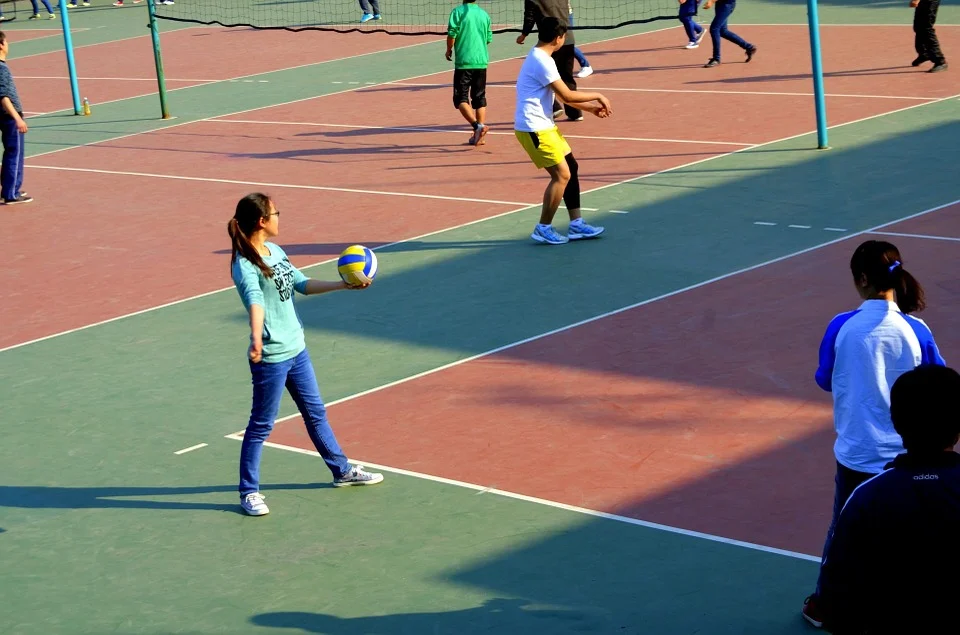
Is a School Liable when a Game of Tag Goes Wrong?
Published on April 24, 2017
In a world where it can seem that every matter in life is sent to the courts for resolution, the issue of legal liability in the seemingly harmless pursuit of ‘Tag’ has been placed under the microscope recently.
What happened in the case, what was alleged and the findings of the court are important for all teachers and staff within the education sector to be aware of regarding the question of liability for incidents that take place within a school environment.
The case, which went to the NSW Court of Appeal, centred on the injury of a 10 year old student during a game of ‘table soccer’, which was a warm up for a physical education class being conducted at the school.
Table soccer is a game in which participants would have to traverse the length of the basketball court whilst a number of “taggers” would try and tag them. During the game the ‘taggers’ needed to have at least one foot on a white line in order to successfully tag heir opponent. The student in question was injured when she collided with another player who was trying to avoid being tagged, falling on her right wrist and hip.
As a result of the injury suffered to her right wrist, the student took legal action claiming negligence on the part of the school on a number of grounds including:
(a) inadequate instruction being given before the game;
(b) allowing the game to be played on an asphalt surface;
(c) the age of the players;
(d) the manner in which the game was played;
(e) the fact that the game was dangerous generally.
The Court of Appeal ruled as follows respect of the above points:
- Inadequate instructions – The student had acknowledged that instructions in respect of how to play the game had been given on many occasions previously and those instructions were deemed to be adequate. Thus it was not relevant as to whether the teacher gave instructions on the day of the accident.
- Allowing the children to play on an asphalt surface – the Court of Appeal indicated that the real risk in respect of playing such a game on an asphalt surface is that of an abrasion as opposed to any other surface, say, grass where a hyperflexion injury of the wrist, like that suffered by the student could occur.
- Age of the players – the Court of Appeal indicated that the State Curriculum required children to play games such as tag, touch football, basketball, netball etc, all of which did not pose any greater risk to a 10 year old.
- Manner in which the game was played. The expert for the student was of the opinion that the game was played at a “furious pace”. The Trial Judge did not agree with that characterisation.
- A generally dangerous activity – the Court of Appeal indicated that during cross‑examination the Principal of the school gave evidence that he thought table soccer was less risky than sports such as netball and/or basketball. That proposition was not challenged in cross-examination and there was no suggestion as to what alternative warm-up activity could have been engaged in which would have been safer.
Accordingly, the Court of Appeal dismissed the student’s appeal from the Supreme Court. This case highlights the fact that Courts are loath to find liability in circumstances where accidents occur and no amount of instruction or supervision would have prevented such an accident. Similarly courts are loath to wrap children up in cotton wool and prevent them from the ordinary bumps and scrapes that occur during a normal schooling life. Obviously, this decision would likely have been different had the children been playing either an age inappropriate sport or a game of tackle rugby on asphalt.